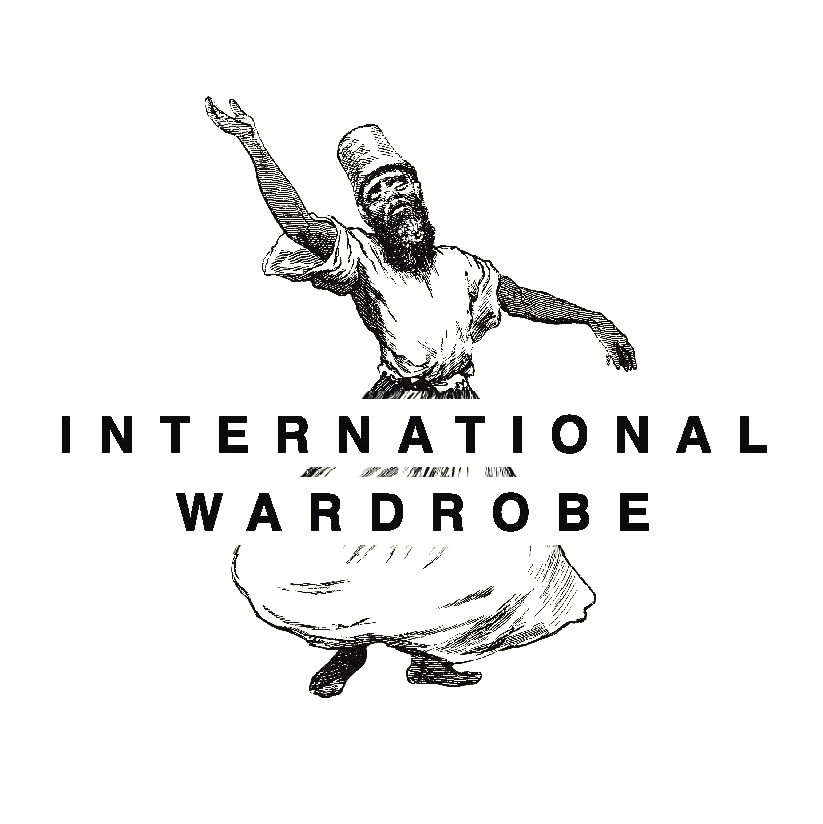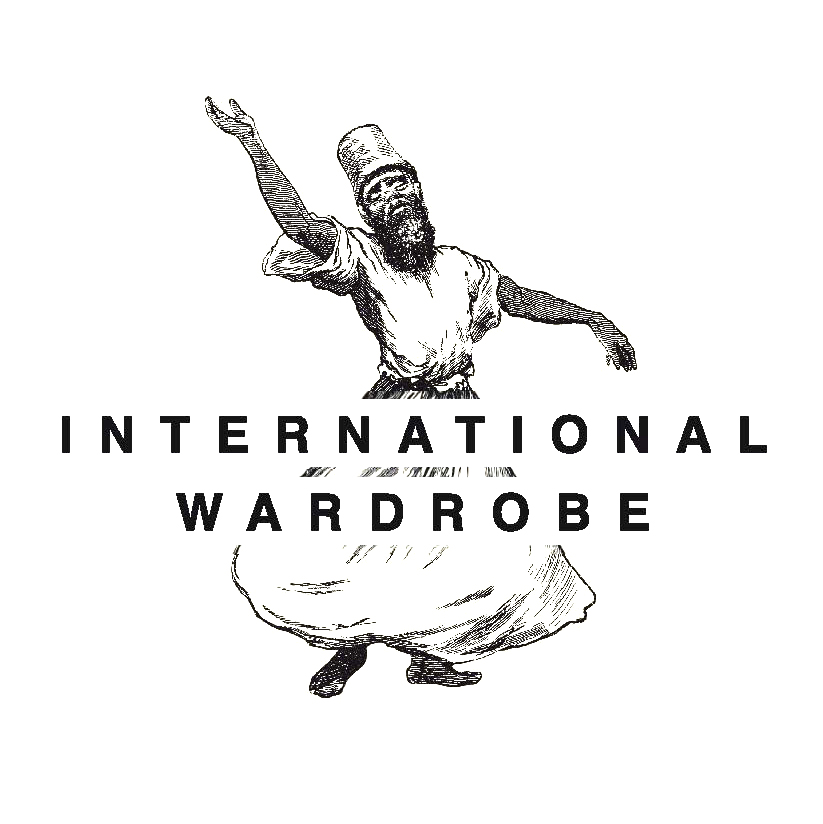The traditional garments of the Dong, an ethnic minority living in the southern Chinese provinces of Guizhou, Hainan and Guangxi, are as different in style as the different »subgroups« wearing them and, of course, vary according to the region, as is the case for most ethnic groups in south-east Asia. Dong men’s jackets are cut differently than the women’s. There are also festive garments only worn on special occasions, and thickly padded winter clothes. Over time, the style of dress has also been adapted to fit changing conditions and requirements.
Nevertheless, an overarching feature of all their traditional items of clothing is the glossy indigo fabric. The brown, blue or black sheen reflecting off the most precious Dong cloth, known as »yan bao«, is achieved by coating the material in a mixture of egg white, water buffalo skin extract, herbs and (apparently) buffalo blood. It is subsequently pounded with a very heavy wooden mallet for days on end on, which is how this special lustre is achieved.
Women’s work, weaving, dyeing and embroidery, became increasingly important for Dong cultural identity. Mothers and grandmothers would teach their daughters and and granddaughters how to weave the most exquisite patterns, how to stitch rich embroideries, and create the most beautiful shades of blue. Girls would generally start learning to embroider between 7 and 8 years of age, and would be able to weave abstract and more figurative designs, as well as richly patterned ribbons, by the time they were 13 years old they. On market days and festive events they would present their work in public. The more beautiful and perfect the embroidered work, the greater their chances would be of making a good match. Accordingly, such garments would be worked on with great care and much time would be invested in them.
Traditionally the men wear long-sleeved, short jackets with a standing collar and characteristic Chinese toggle closures, and long wide trousers. They wear turbans made from a 4 metre long panel of indigo-dyed fabric. However, in some regions they wear white turbans, which looks just as great. The men enjoy wearing silver crowns, necklaces, bracelets and rings for festive occasions. Dong women wear jackets, and trousers that reach just below their knees, over which they wear pleated skirts. They wrap their calves in individual panels of fabric secured with individual, narrow woven ribbons. Their jacket sleeves are frequently accented with contrasting bands of colour; small, woven ribbons serve to fasten the jacket.
The women in Zhaoxing, the largest Dong village in the south-east of Guizhou Province, even have two styles of jackets: an A-line, light-weight jacket, which is decorated on the sides and along the hem, and a short- or long-sleeved padded winter coat, which has an asymmetric closure.
A number of steps are required to produce their characteristic, tightly pleated skirts: First the shiny indigo fabric, which is quite stiff, is folded into the tightest pleats possible, the folds of which are drawn with a fingernail, similar to folding a piece of paper. First a broader pleat is drawn, then the material is turned over and the same pleat is separated into two pleats. Then the material is turned over again, whereupon the next broad pleat is folded, the fabric turned over again… and so on… until a 10-metre long piece of stiffly pleated fabric is the result. The pleats are fixed in place with a piece of wood until they are »ingrained«. On festive days, aprons edged in »Dong Jin«, the woven brocade fabric of the Dong, with a very finely embroidered centre, are also worn. And of course everything has been dyed with indigo.
Pictures, right side, from top to bottom.
1. Here you can see how to make pleats with your finger nail, like using a piece of paper.
2. Woman doing handicrafts. Afterwork in Zhaoxing, Guizhou.
3. Classic jaket style, seen in Xiaohuang village, Guizhou
4. Even the younger generation is still wearing the tradidional shinny indigo jackets. Bravo! Ronjiang, Guizhou
5. Making a new jacket in front of the house on a laszy afternoon. seen in Xiaohuang village, Guizhou
6. If one builds a house, everybody helps. In folk costumes ! Xiaohuang village, Guizhou
7. The indigo jackets fits also to the elder generation. Seen in Diping, Guizhou.
8. Indigo drying infrontof the house. Here you can see perfectly the leg warmer, skirt and jacket combination of the costumes.
Pictures, left side, from top to bottom.
9. You can wear towels as a scarf. Why knot. Even with a modern styled classic Dong jacket. Near Zhaoxing, Guizhou
10. This kind of a bast horn basket is a very typical men´s handbag on the countryside.
11.-12. Pleating textiles with the fingernails for making the skirts. After this the get in a little packet for fixing the pleats.
13. Looking good and dressing right at work. Xiaohuang village, Guizhou

